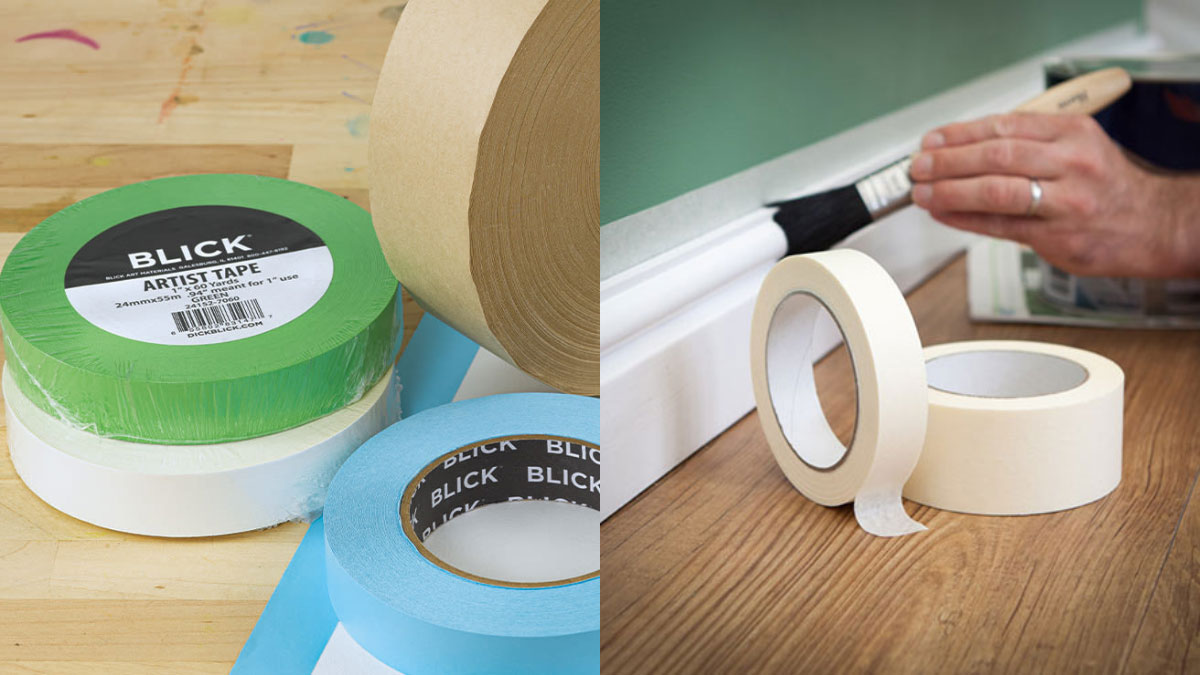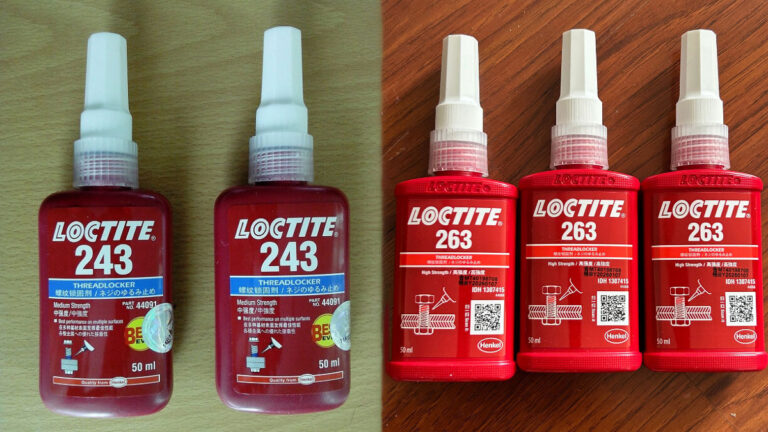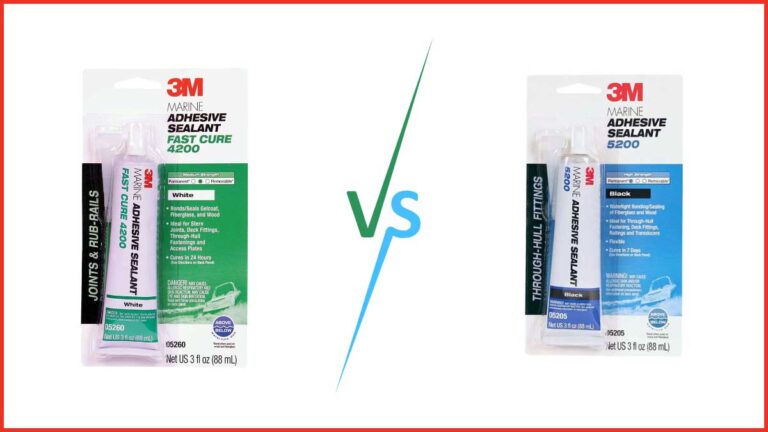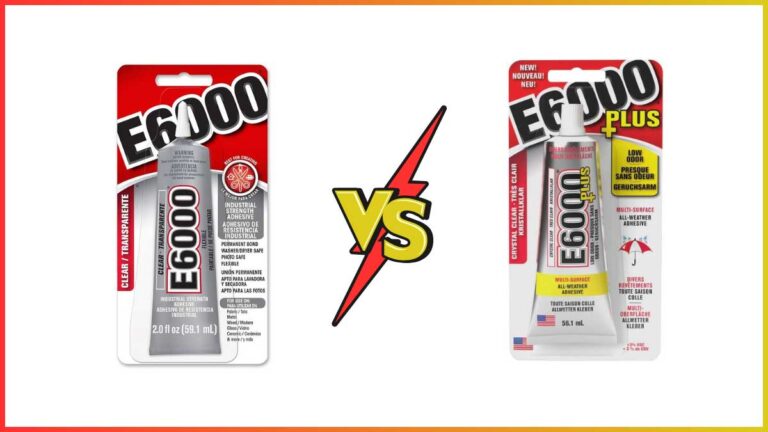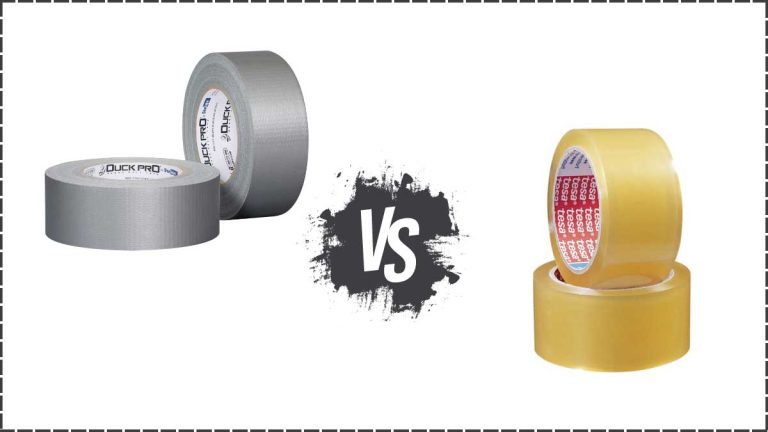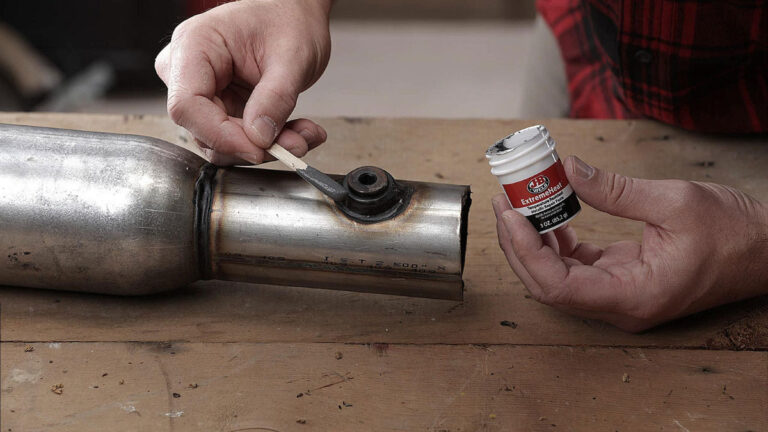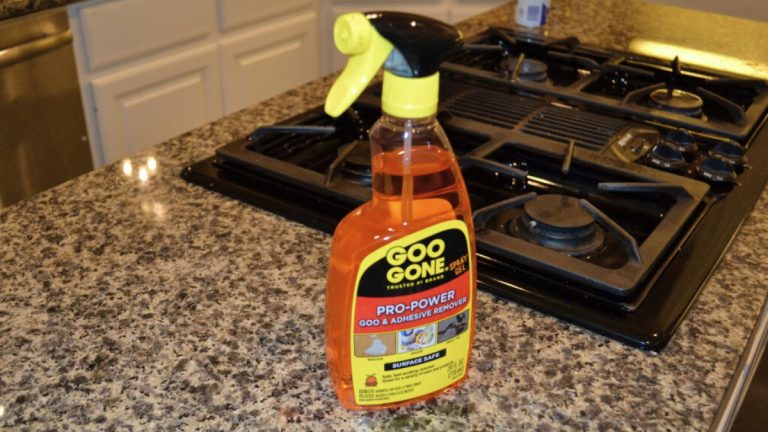Artist Tape vs Masking Tape: Understanding Key Differences
When you’re diving into a creative project, the type of tape you choose can make all the difference. Artist tape and masking tape might look similar at first glance, but they serve distinct purposes that can impact your work’s quality. Understanding these differences helps you make informed choices, ensuring your art or craft turns out just the way you envisioned.
Artist tape is designed specifically for delicate surfaces and precision work, while masking tape is more versatile but less specialized. Knowing when to use each can save you time and frustration, whether you’re painting, drawing, or working on a DIY project. Let’s explore how these tapes differ and which one is best suited for your needs.
Key Takeaways
- Purpose and Use: Artist tape and masking tape have distinct purposes. Artist tape is ideal for delicate surfaces and precision tasks, while masking tape is more versatile for general use.
- Adhesive Strength: Artist tape features a low-tack adhesive that removes cleanly without leaving residue. Masking tape has a stronger adhesive that may leave residue and potentially damage surfaces if left on too long.
- Surface Safety: Artist tape is designed to be safe for delicate surfaces, ensuring no damage upon removal. Masking tape, on the other hand, can be harsh on sensitive surfaces.
- Use Cases: Use artist tape for detailed work in painting, drawing, and crafting. Masking tape is better suited for DIY projects, renovation tasks, and general repairs.
- Cost and Durability: Artist tape is typically more expensive and less durable than masking tape, making it less ideal for heavy-duty applications.
Understanding Artist Tape and Masking Tape
Choosing the right tape can significantly impact your project results. Artist tape and masking tape, though similar, serve different purposes with unique characteristics.
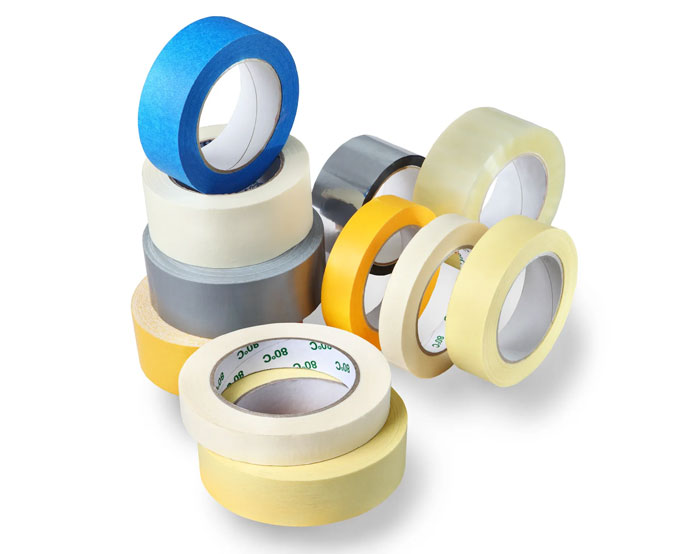
Adhesive and Removal
Masking Tape:
- Stronger Adhesive: Suitable for quick fixes and various DIY projects, but can leave residue or pull paint off surfaces if left on too long.
- Residue Risk: Potential to damage surfaces due to its higher tack adhesive.
Artist Tape:
- Gentler Adhesive: Designed with a lower tack, making it ideal for applications needing clean lines and easy removal, such as painting and crafting.
- Residue-Free: Ensures no surface damage or leftover adhesive, maintaining the integrity of your work.
Specific Use Cases
Masking Tape:
- Versatility: Applicable for a wide range of tasks including painting, renovation, and craft projects.
- Ease of Use: Easily torn and peeled off, though not always the best choice for painting due to its adhesive properties.
Artist Tape:
- Precision Tasks: Best for projects requiring delicate surface handling and precision, such as artworks and fine detailing.
- No Surface Damage: Ideal for surfaces that need to remain clean and untouched, ensuring professional results.
Comparison Table
| Feature | Masking Tape | Artist Tape |
|---|---|---|
| Adhesive Strength | Stronger, high tack | Gentler, low tack |
| Residue Potential | High, can leave residue | Low, minimal to no residue |
| Surface Safety | Can damage paint or surfaces | Safe for delicate surfaces |
| Use Cases | DIY, renovation, general crafting | Painting, detailed crafting, fine arts |
| Ease of Removal | May peel off paint if left too long | Easy removal, leaves surfaces clean |
Action Point
For your next project, consider the specific needs of your tasks. Use masking tape for robust applications and quick fixes, while reserving artist tape for delicate, precision-oriented projects. Selecting the appropriate tape ensures higher quality and efficiency in your work.
Key Differences Between Artist Tape and Masking Tape
Understanding the differences between artist tape and masking tape enhances the quality of your projects. These tapes differ primarily in their adhesive properties and usage.
Adhesive Properties
Masking Tape
- Adhesion: Regular masking tape has a strong adhesive, effective for general use.
- Residue: Tends to leave a sticky residue, making surfaces difficult to clean.
- Suitability: Mainly used for household tasks and quick repairs due to its strong adhesion.
Artist Tape
- Adhesion: Features a lower tack adhesive, ensuring clean removal.
- Residue: Leaves no residue, making it ideal for precise tasks.
- Suitability: Best for artistic projects where clean edges and easy removal are essential.
Usage
Masking Tape
Masking tape proves versatile for various tasks, including:
- Quick fixes around the house
- Craft projects needing secure adhesion
- Temporary DIY solutions
Artist Tape
Artist tape excels in tasks like:
- Painting requiring crisp lines
- Whiteboard marking without damage
- Drafting and drawing with clean results
Comparative Summary
Here’s a concise comparison to help with your selection:
| Feature | Masking Tape | Artist Tape |
|---|---|---|
| Adhesive Strength | Strong | Moderate |
| Residue | Often leaves residue | Clean removal |
| Surface Safety | Can damage surfaces | Gentle on surfaces |
| Ideal Uses | DIY, Crafts | Painting, Fine Arts |
Choosing the right tape depends on your project’s specifics. For strong adhesion with some potential residue, masking tape is suitable. For delicate surfaces requiring precision, opt for artist tape.
Pros and Cons of Artist Tape
Artist tape presents unique advantages and drawbacks, making it essential to understand its use in various applications. Whether you’re a professional artist or a DIY enthusiast, knowing these details helps you choose the right tape.
Advantages of Artist Tape
Cleaner Edges and Easier Use on Curved Surfaces:
- Clean Edges: Artist tape, like Tamiya tape, provides cleaner edges for more detailed work. Unlike masking tape, it ensures precision in intricate designs.
- Curved Surfaces: Artist tape is thinner, making it easier to apply on curved or compound surfaces.
No Residue:
- Surface Integrity: This tape leaves no residue upon removal, preserving the integrity of your surface. This feature is crucial for artwork and delicate projects.
Specific Design:
- Artistic Purpose: Designed for artistic and modeling uses, artist tape meets specific needs that generic masking tape cannot. It’s tailored for detailed tasks in fine arts and model-making.
Disadvantages of Artist Tape
Higher Cost:
- Expensive: Artist tape typically costs more than regular masking tape. Budget constraints might limit its use in large projects.
Limited Adhesive Strength:
- Weaker Hold: The adhesive strength of artist tape is lower compared to masking tape, making it less effective for heavy-duty applications.
- Less Durable: Artist tape may not withstand prolonged exposure to elements or rough handling as well as masking tape.
Summarizing, artist tape offers superior precision and cleanliness for detailed work, although it comes with a higher cost and limited adhesive strength. Understanding these pros and cons allows you to make informed decisions based on your specific project needs.
Pros and Cons of Masking Tape
Choosing the right type of tape can significantly impact the quality of your project. Masking tape, known for its versatility, has its own set of advantages and disadvantages. Understanding these can help you make informed decisions.
Advantages of Masking Tape
Masking tape offers several benefits that make it a popular choice for various tasks.
Versatility: Masking tape is extremely versatile and can be used for numerous purposes, such as quick fixes, craft projects, and even some painting tasks, although it’s not ideal for detailed work.
Ease of Use: You can easily tear and peel masking tape, making it convenient for a wide range of applications. This ease of use is particularly beneficial for quick, on-the-spot repairs or adjustments.
No Residue: Generally, masking tape leaves no residue when removed, making it suitable for temporary applications where surface cleanliness is essential.
Availability: Widely available, masking tape is often found in most households and stores. Its accessibility ensures you can get your hands on it whenever you need it.
Disadvantages of Masking Tape
Even though its benefits, masking tape also has some drawbacks that you need to consider.
Adhesive Strength: The adhesive on masking tape may not be strong enough for heavy-duty applications. It might not hold well on surfaces that require a more robust adhesive.
Potential Residue: While generally residue-free, some types of masking tape can leave a sticky residue if left on surfaces for too long, which can be challenging to clean.
Surface Damage: On delicate surfaces, masking tape may cause damage during removal. It may peel off paint or other finishes.
Detailed Comparison Table
To help you further understand the pros and cons, here’s a detailed comparison table:
| Feature | Masking Tape | Artist Tape |
|---|---|---|
| Versatility | Suitable for quick fixes, crafts, and some painting, but not ideal for detailed work | Ideal for detailed art projects, not suitable for heavy-duty applications |
| Ease of Use | Easy to tear and peel | Easy to use for precision tasks |
| Residue | Generally leaves no residue; may leave residue if left too long | Leaves no residue, preserving the integrity of delicate surfaces |
| Availability | Widely available; found in most households and stores | Readily available but may be specialized and slightly more expensive |
| Adhesive | May not be strong enough for heavy-duty tasks; potential to leave residue on delicate surfaces | Gentle adhesive that allows for clean lines and easy removal without surface damage |
Choosing between masking tape and artist tape depends on your specific project needs. Those using masking tape can benefit from its versatility and availability, while those using artist tape can achieve cleaner results for detailed tasks.
Ideal Uses for Artist Tape
Artist tape offers versatility for a variety of creative tasks. Designed with characteristics that make it ideal for specific applications, artist tape can enhance the quality of your work across different artistic disciplines.
Key Terms
- Artist Tape: A low-tack adhesive tape designed to be removable without damaging surfaces or leaving residue.
- Residue: Any adhesive left behind after tape removal.
- Edge Quality: The sharpness and cleanliness of the line created where the tape is applied.
Key Features
- Minimal Residue: Artist tape is known for leaving little to no residue, protecting your projects from unwanted adhesive remnants.
- Flexible Edge: The tape’s flexibility allows it to conform to various surfaces, including curves and complex shapes, ensuring a clean, sharp edge.
Applications
- Painting:
- Canvas Boundaries: Use artist tape to define the edges of your canvas. It ensures no paint bleeds beyond the taped area and maintains clean lines.
- Layering Techniques: For creating multi-layered pieces, artist tape can help mark out each layer precisely.
- Drawing and Sketching:
- Clean Borders: Apply artist tape to create sharp borders around your sketches, preventing smudging and keeping drawings crisp.
- Precision Marking: When working on detailed sketches, artist tape provides clear, temporary guidelines that can be easily removed.
- Model Making:
- Assembly Assistance: Use artist tape to hold parts together temporarily during model assembly, providing stability without leaving damage or residue.
- Painting Models: It helps in masking parts of the model for detailed painting, ensuring clean transitions between colors.
- Framing and Matting:
- Photo Mounting: Artist tape can secure photographs and artwork without damaging the material, making it ideal for temporary displays.
- Matting Artworks: Use it to attach mats to artwork for a professional presentation, again, without risking damage upon removal.
Benefits Table
| Feature | Artist Tape |
|---|---|
| Adhesive Strength | Low |
| Residue Potential | Minimal |
| Surface Adaptability | High |
| Edge Quality | Sharp and Clean |
| Ideal Applications | Painting, Drawing, Model Making, Framing |
Action Point
Incorporate artist tape into your toolkit to achieve precision, clean edges, and damage-free removal in any creative try.
Ideal Uses for Masking Tape
Masking tape is versatile and commonly used in different scenarios, especially in DIY projects, home renovations, and crafting. Its easy tearability, moderate adhesive strength, and cost-effectiveness make it a popular choice for various practical applications.
General DIY and Crafting:
- Quick Fixes: Use masking tape for temporary repairs. For instance, securing a loose wire or patching a torn page.
- Craft Projects: Apply it for setting up crafting components. For example, holding scrapbook elements or creating a temporary stencil.
- Bundling Items: Bundle small items together, such as pens or straws, without leaving residue.
Painting and Renovations:
- Masking off Areas: Use masking tape to protect areas from paint splatters. For example, covering light switches or window edges.
- Temporary Fixation: Keep renovation materials in place while working. For instance, securing plastic sheets during a drywall setup.
- Light-Duty Edge Protection: Shield edges of walls or trims. Though not as precise as painter’s tape, it helps in short-term projects.
Household Repairs:
- Minor Repairs: Use masking tape for quick and simple fixes around the house. For instance, reattaching a fallen picture frame backing or temporarily mending a torn book cover.
- Surface Protection: Protect surfaces from scratches or marks. For example, temporarily covering a tablet screen without leaving adhesive residue.
- Labeling: Mark containers, boxes, or tools using masking tape for easy identification.
Key Terms Definition List
- Adhesive Strength: The force of the tape’s stickiness. Masking tape has moderate adhesive strength suitable for temporary fixes.
- Residue Potential: The likelihood of a tape leaving adhesive residue upon removal. Masking tape can leave minimal residue if removed within hours.
- Surface Adaptability: The capability of the tape to adhere to different surfaces. Masking tape adapts well to various materials like paper, molding, or glass.
| Use Case | Application Example | Duration | Adhesion Residue Potential |
|---|---|---|---|
| Quick Fixes | Securing loose wires | Temporary | Low |
| Craft Projects | Holding scrapbook elements | Short-Term | Low |
| Masking Off Areas | Covering window edges during painting | Few Hours | Low |
| Minor Repairs | Reattaching picture frame backing | Short-Term | Low |
| Surface Protection | Covering a tablet screen | Temporary | Low |
| Labeling | Marking moving boxes | Short to Long-Term | Low |
Understanding these ideal uses helps you deploy masking tape effectively in various scenarios, ensuring optimal results without damaging surfaces or leaving unwanted residue. Incorporate these handy applications into your toolkit to tackle everyday tasks efficiently.
Tips for Choosing the Right Tape for Your Needs
Selecting the right tape for your project enhances results and saves time. By understanding key differences between artist tape and masking tape, you can make informed decisions.
Adhesive Strength
Adhesive strength impacts tape performance and removal. Review each tape’s adhesive qualities:
- Artist Tape:
- Low tack adhesive
- Residue-free removal
- Suitable for delicate surfaces (e.g., painted walls, trim)
- Masking Tape:
- Stronger adhesive
- May leave residue
- Ideal for less delicate surfaces (e.g., wood, metal)
Surface Compatibility
Using the correct tape for a specific surface ensures clean lines and surface protection. Check the following compatibilities:
- Artist Tape:
- Painted surfaces
- Trim and decorative elements
- Curved or intricate areas
- Masking Tape:
- General surfaces (e.g., glass, plastic)
- DIY projects
- Temporary fixes
Project Type
Different projects require different tape features. Choose based on your project’s requirements:
- Painting:
- Artist Tape: Precise lines, easy removal
- Masking Tape: Background areas
- DIY:
- Artist Tape: Detail work
- Masking Tape: Heavy-duty tasks
| Feature | Artist Tape | Masking Tape |
|---|---|---|
| Adhesive Strength | Low | High |
| Residue Potential | Minimal | High |
| Surface Safety | High (delicate surfaces) | Moderate (general surfaces) |
| Ease of Removal | Easy (no residue) | Difficult (potential residue) |
Key Terms
Ensure clarity with the following definitions:
- Tack: The stickiness of the tape’s adhesive.
- Residue: Material left behind after tape removal.
- Surface Safety: Tape’s ability to protect surfaces from damage.
When selecting tape, consider adhesive strength, surface compatibility, and project type. Choose artist tape for detailed and delicate work. Use masking tape for robust and general DIY tasks. Proper tape selection improves your project’s outcome, ensuring precision and protecting surfaces.
Action Point
Evaluate your project needs, identify the surfaces involved, and match the tape to those requirements for optimal performance.
Conclusion
Choosing the right tape can significantly impact the quality of your creative projects. Artist tape and masking tape each have their unique advantages, tailored for specific tasks. Artist tape excels in precision and delicate work with minimal residue, while masking tape is versatile for general DIY tasks and quick fixes.
Understanding the adhesive properties and surface compatibility of each type helps you make informed decisions. Whether you’re painting, drawing, or tackling a home renovation, selecting the appropriate tape ensures clean edges and damage-free removal.
Incorporate both artist tape and masking tape into your toolkit to enhance your project’s efficiency and quality. Evaluate your needs and match the tape to your requirements for optimal results.
Frequently Asked Questions
What is the difference between artist tape and masking tape?
Artist tape is designed for delicate and precision tasks with a gentler adhesive, making it ideal for fine arts. Masking tape has a stronger adhesive, suitable for general DIY tasks but may leave residue or damage surfaces.
Which type of tape is best for painting and drawing?
Artist tape is best for painting and drawing as it allows for clean lines and can be easily removed without damaging the surface or leaving residue.
Can masking tape be used for precision work?
Masking tape is not ideal for precision work due to its stronger adhesive, which can leave residue or damage delicate surfaces. Artist tape is better suited for such tasks.
What are the main advantages of artist tape?
Artist tape provides clean edges, minimal residue upon removal, and is safe for delicate surfaces. It is also easier to use on curved surfaces and ideal for detailed work.
What are the main advantages of masking tape?
Masking tape is versatile, easy to use, and suitable for quick fixes and general DIY tasks. It adheres well and is typically available at a lower cost compared to artist tape.
Why might masking tape leave residue?
Masking tape’s stronger adhesive is designed for firmer grip, which can lead to residue if left on surfaces for too long or used on delicate materials.
Should I keep both artist tape and masking tape in my toolkit?
Yes, having both types can help you choose the right tape based on your specific project needs, ensuring optimal performance and quality in your work.
How do I choose the right tape for my project?
Consider adhesive strength, surface compatibility, and the project’s requirements. Use artist tape for detailed, delicate tasks and masking tape for more robust, general DIY tasks. Evaluate your project needs to make the best decision.
What happens if I use artist tape for heavy-duty tasks?
Artist tape may not hold up well in heavy-duty tasks due to its lower adhesive strength. For such tasks, it’s better to use masking tape, which offers a firmer grip.

